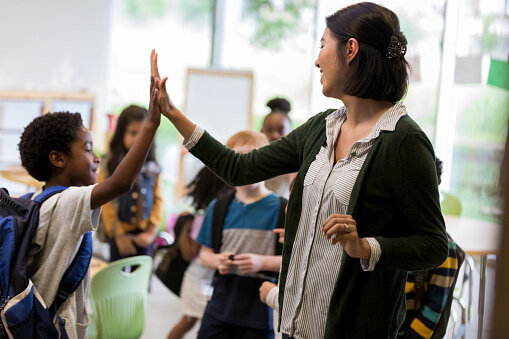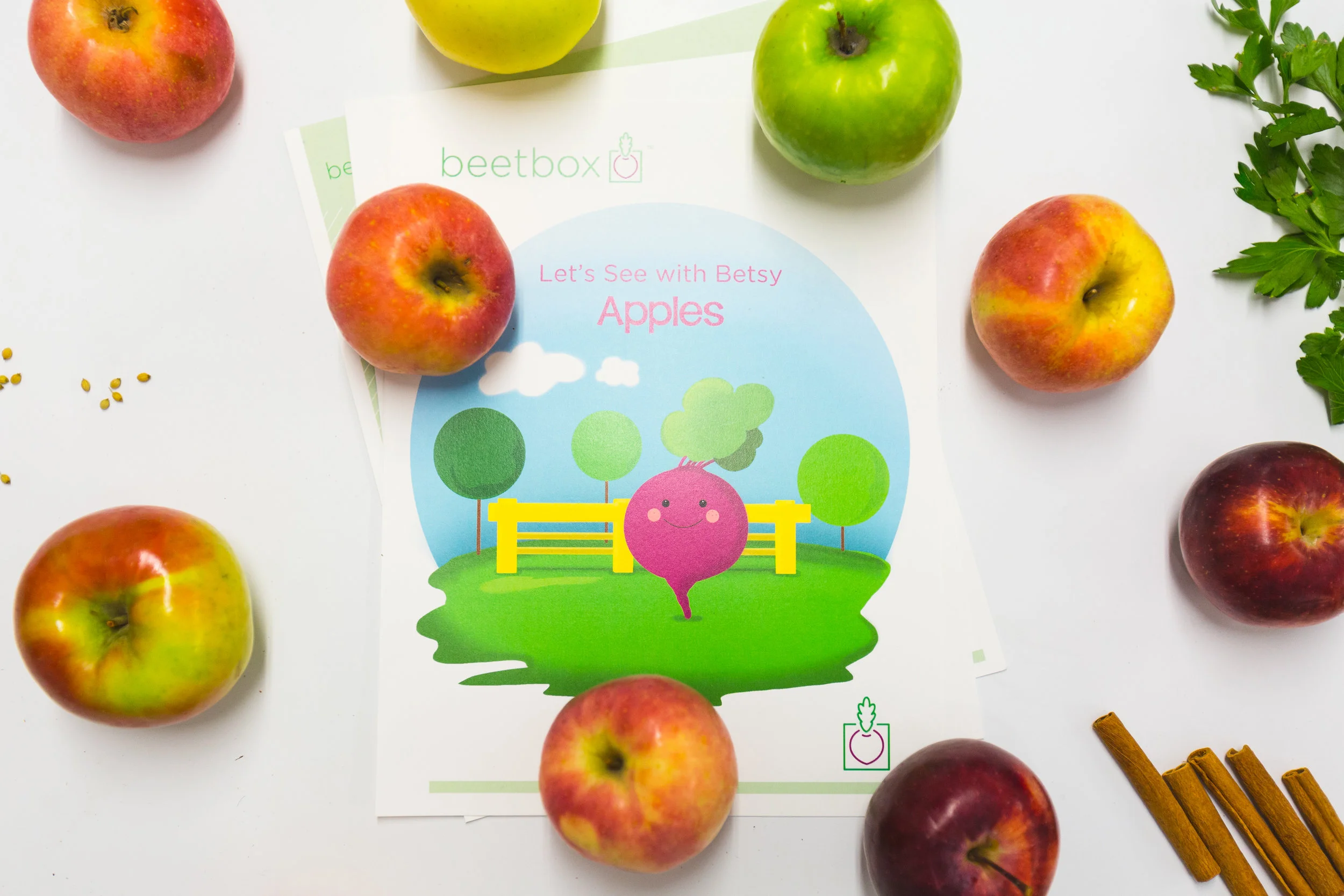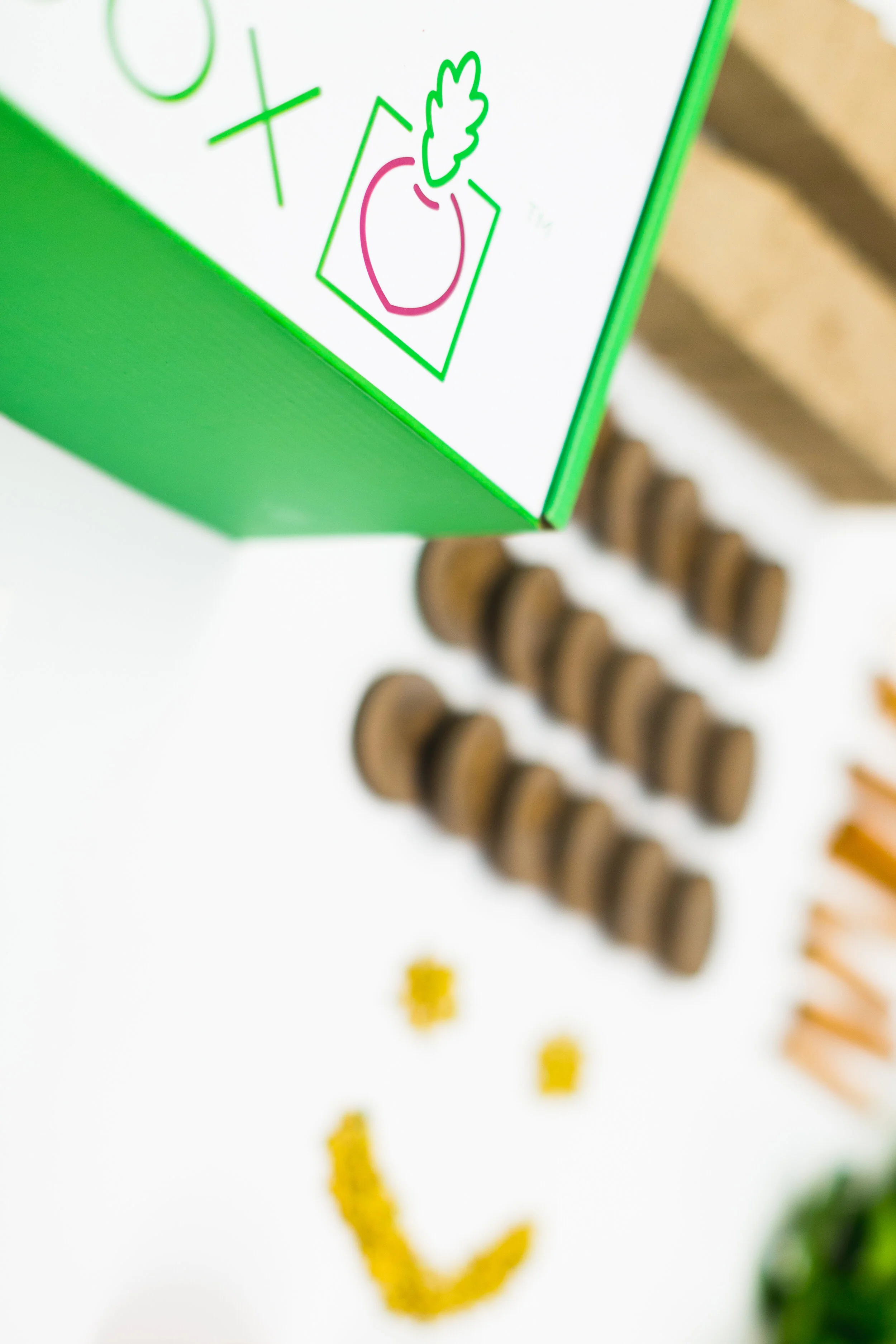Living Makerspaces
Makerspaces are all the rage, and for good reason! If you’re not familiar with what a makerspace is, it usually comprises of a room filled with various loose parts, materials and tools for students’ experimentation. Unlike a standard science lab, they provide an environment for students to take risks, experiment, explore, and learn through trial and error.
Materials in school makerspaces should always have a purpose, and that’s to intrigue young learners, and pose them to use their brain in ways they might not haven't been able to in a traditional classroom setting. Activities and materials should spark creativity and inspire action. Seeds, food, soil, and plants make ideal materials for this purpose. Not only this, but children interacting with plants and food sources will have a greater appreciation for their health and environment.
Children (and adults) will always become excited over food, but children will be especially inclined to get their hands dirty while exploring. This is why school gardens or makerspaces that include plants and growing are such a hit with both students and teachers.
Not only do makerspaces serve an academic purpose, but they also lend themselves to giving children real life skill opportunities. So many makerspaces or STEAM activities are based on tech/coding/robotics etc, but there is REAL value and STEAM concepts that spark creativity, inspire action, and enhance problem solving using natural materials like seeds, food, soil, plants, and we’re trying to inspire teachers to get back to the basics.
Take a look at what teachers across the country are doing, and then check out our materials list below to get your own plant based makerspace started.
”My CI special Ed students and I participate in the Citizen Science project called Tomatosphere. Half of the seeds we plant spent a month on the ISS. We grow to harvest for yummy salsa in the fall.” Michelle Kirkland, Mount Clemens Middle School, in Mount Clemens, MI
“These are my 7th grade, Life Science students working with our hydroponic growing cart”
Ellen Cherhan Peterson Middle School in Smithfield, VA.
“My 5th grade science club always does a project each spring. Last year's group planted sugar peas in mushroom compost and added Nicene to one seed and not to the other to see if it made a difference in amount, health of the plant, bugs, and taste. Other years we have tested organic soil vs Miracle grow, and organic seeds vs Ribizone infused seeds.”
Becki Franklin, Kate M Smith Elementary School in Chipley FL.
Want to give your own plant based makerspace a try? Use the following materials list to get stared, and click here for affordable resources and tools to help get you started.
Water droppers
Loose soil
Soil pellets
Peat pots
Shovels
Hand held rakes
Plastic tubing
Bubble/aeration machines
Grow lights
Plastic trays
Watering cans
Shears
Test tubes
Fish tanks (can be used as terrariums or for housing decomposition studies)
Buckets
Funnels
Seeds (both floral, fruit, and vegetable
Twine
Wooden craft sticks
Hose pieces
Water wands
Recycled aluminum cans
Measuring Tape
PH strips
Felt pieces
Rocks/gravel
Variety of plants (tropical, edible, floral, succulents, etc)
Insects (lady bugs, caterpillars, butterflies)























